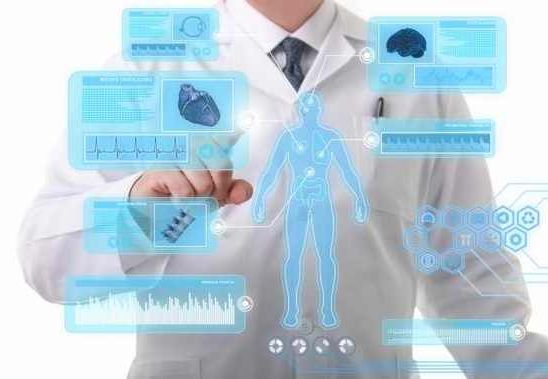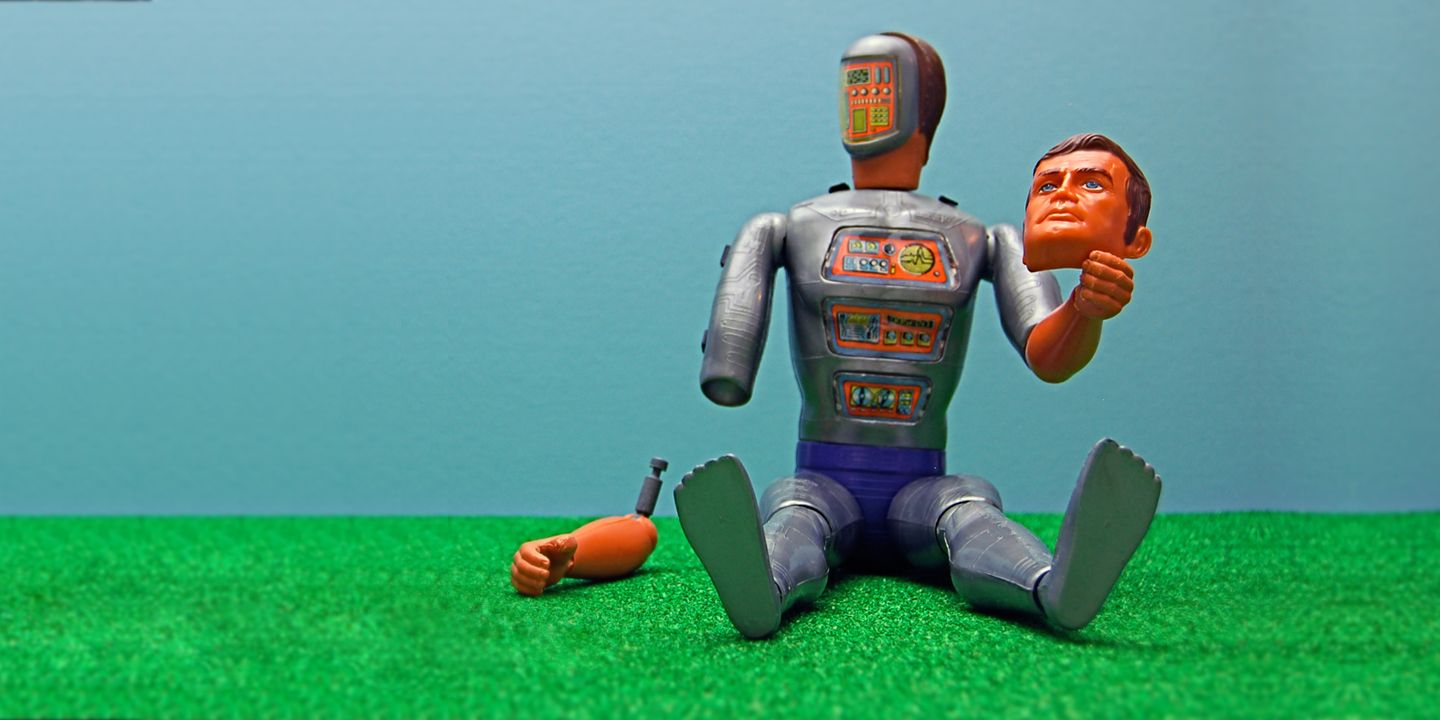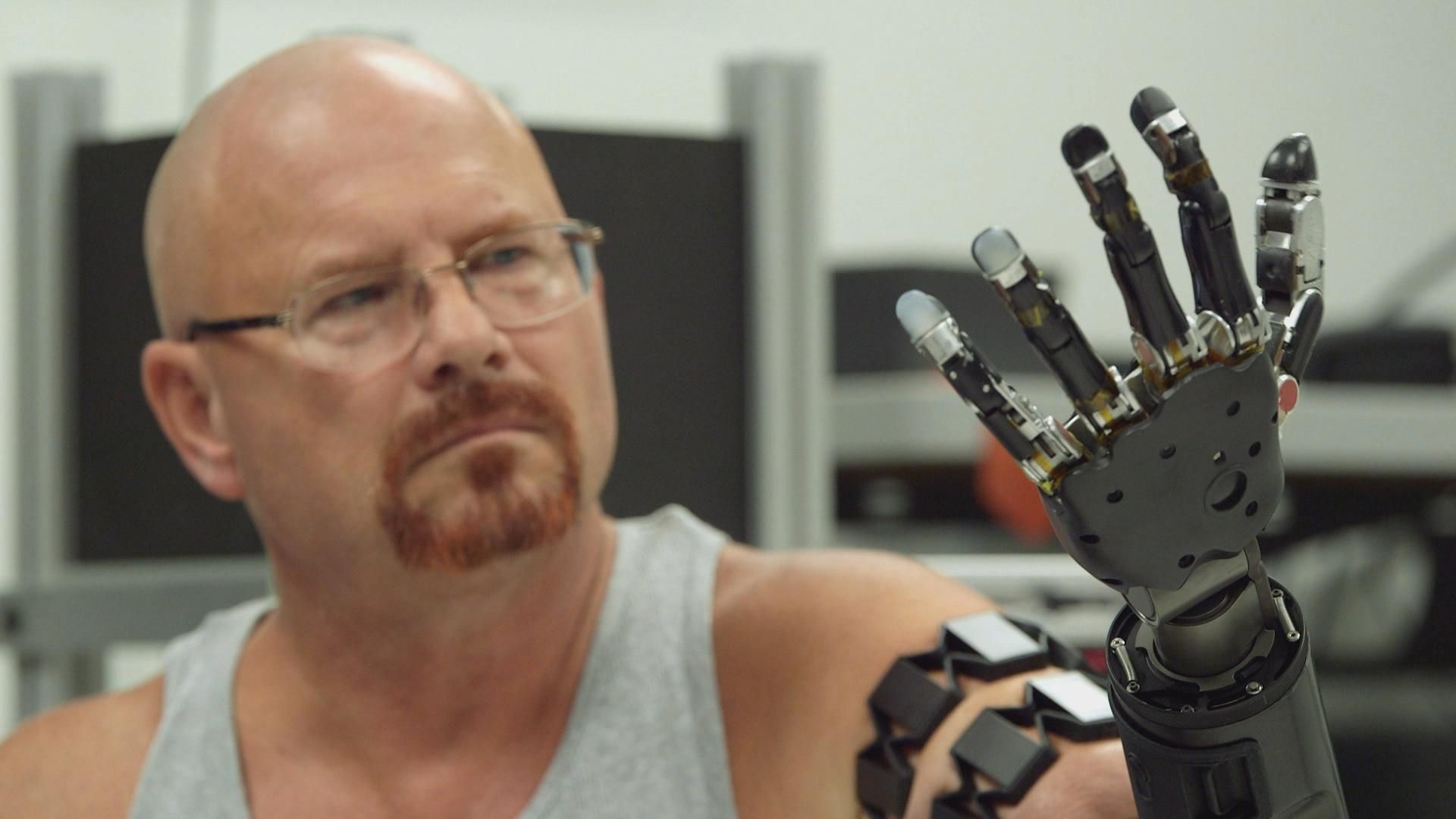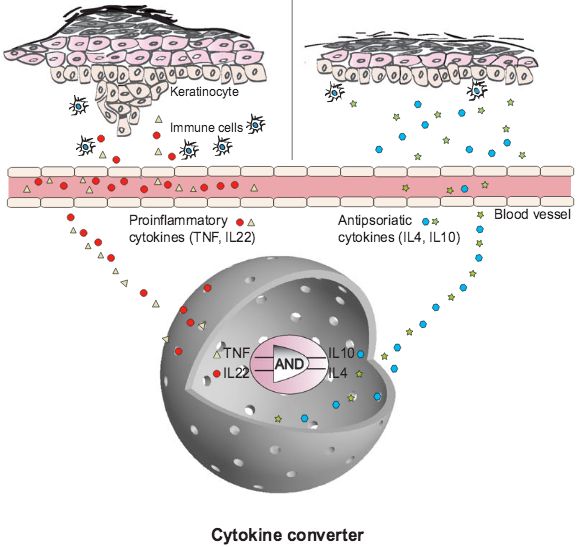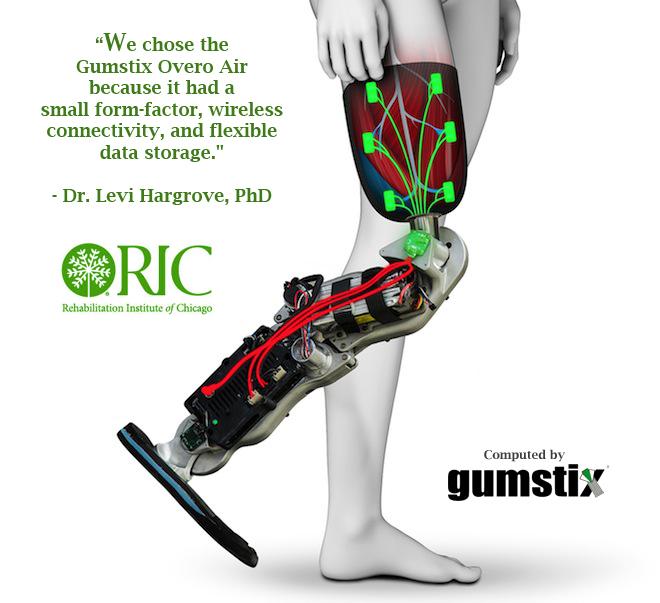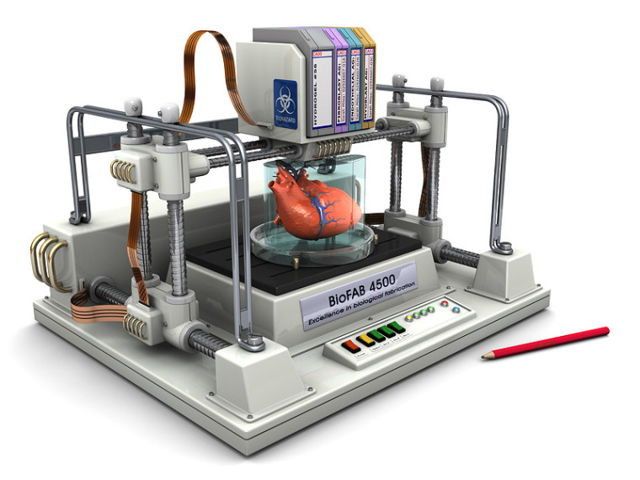Wow!!! Chewing gum wearable technology, Cyborg Chips, Ingestible sensors to let doctors know if you’re taking your meds, etc. 2016 is going to be interesting
The phrase “Brave New World” has become one of the most often used clichés in medical technology in recent years. Google the title of Aldous Huxley’s 1932 dystopian, and anticipatory, novel with the word medicine and 2,940,000 results appear.
But could there be better shorthand to describe some of the recent developments in medical, health and bio-tech? Consider these possibilities coming to fruition, or close to, in 2016:
1. Back from Extinction
Gene-editing startup Editas Medicine of Cambridge, Mass., filed to go public this month. The company’s founder, Harvard professor George Church, hopes to, among other things, revive the extinct woolly mammoth or create a facsimile. Investors include Google and Bill Gates.
